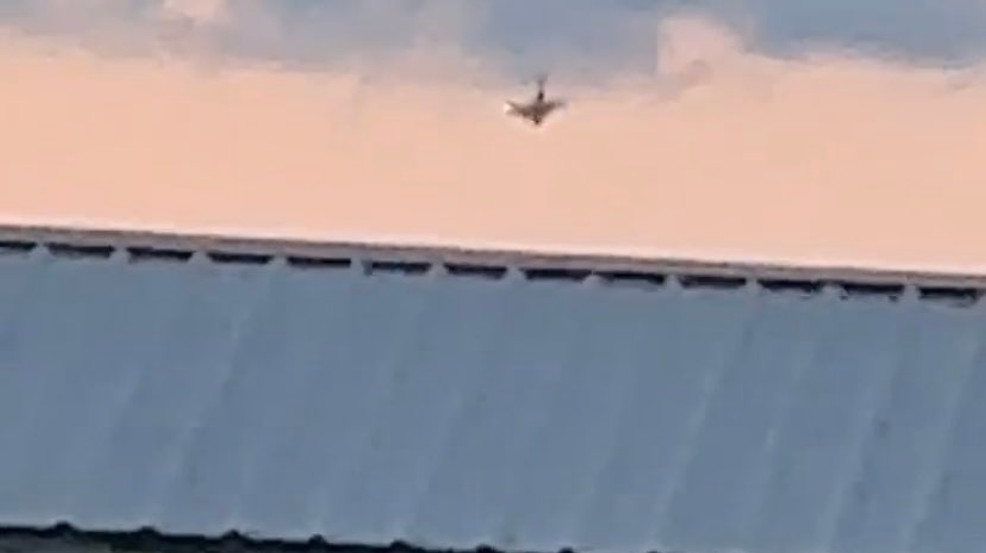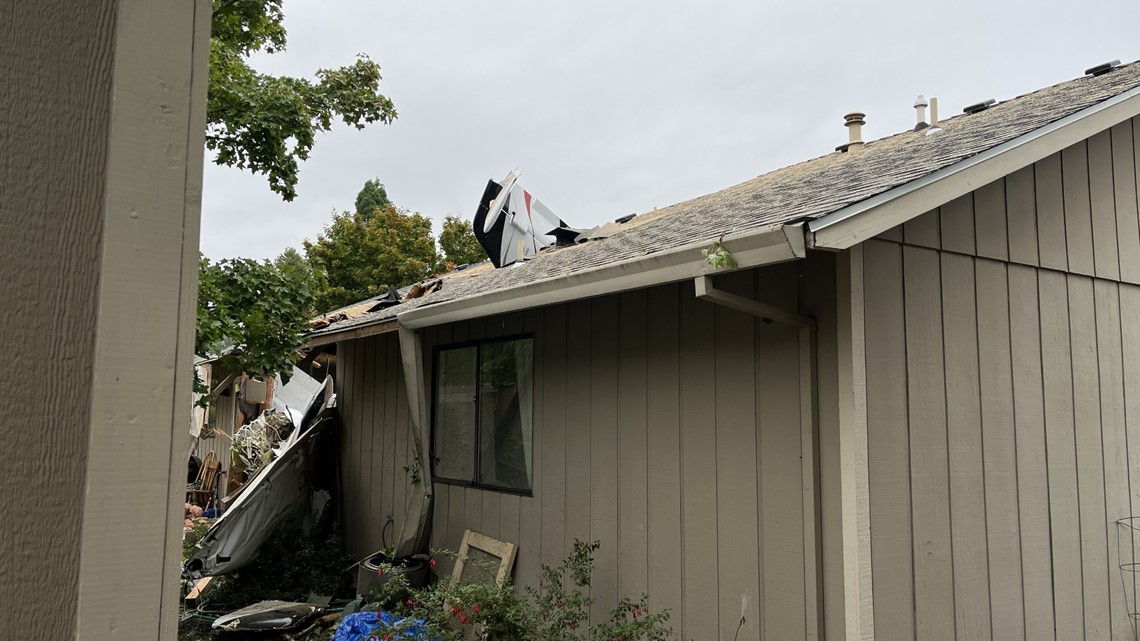kgruber
Final Approach
Looks like a twin. Seneca? Seminole?


Yeah, looks more like they had something to absorb the impact. To some degree.This does not look like “almost recovered”.View attachment 121147
Possibly missed a decimal point there.Last year 4,100 people died in traffic accidents in the US. That's over eleven a day.
Google "Nall report".Since I have been on this forum seems every day or 2 there is new thread on a crash. Is it normal for this many crashes to occur in sequence?
Looks like 42,795 highway fatalities (117 per day) in 2022.Possibly missed a decimal point there.

This thread was to get away from the Monday-morning quarterbacking and more on the PA-44 aircraft VMC and blue line training and what happens when you let it go too far.Already posted and discussion ongoing in the mishap forum.
I did that once during initial Seneca training with my MEI. We were on the ground starting the takeoff roll. One engine cut out completely. We aborted takeoff while still on the ground with lots of runway. Taxi over to the ramp on one engine.Hammered throttles forward fast and one engine stumbled.
Sure did miss a decimal point! (or at least my resource did. I went back and checked. They indeed did.) But that even more exemplifies the point.Looks like 42,795 highway fatalities (117 per day) in 2022.

NHTSA Estimates for 2022 Show Roadway Fatalities Remain Flat After Two Years of Dramatic Increases | NHTSA
NHTSA released 2022 early estimates for traffic crash deaths. Fatalities remain flat after 2 years of increases; projected declined in fourth quarter.www.nhtsa.gov
There was a third person on board, in the back seat. She survived, with critical injuries.Not sure how a Seminole cane be forced to spin like that, but having the video will help in the investigation.
With the exception of a severe aft CG, I am out of ideas. The Seminoles I have flown were pretty easily recovered from improper Vmca recovery control inputs (from students, of course).
Reports stated there were two people on board, so that rules out a full airplane.
This thread was to get away from the Monday-morning quarterbacking and more on the PA-44 aircraft VMC and blue line training and what happens when you let it go too far.
One of the commentors to the article:
Cessna208
3 hours ago
While the aircraft is in an obvious spin, I wonder why the pilot was not able to recover to normal flight attitude. That recovery manuver is taught repeatedly in pilot training. It will be interesting to hear NTSB findings in this incident.
It does appear to be so from the video ...
Even a pilot who has done thousands of spins has almost certainly never done one in a twin. With engines and occasionally fuel tanks further outboard on the wings than in a single, there's a lot more spinning momentum than in an aerobatic plane with a 25-foot wingspan and centerline fuel. I haven't tried it and don't intend to, but I can imagine the recovery progressing much slower than in, say, a 172 or Decathlon, possibly feeling to the startled pilot like it's not working at all and maybe he isn't doing it right, leading to any reaction from consciously wrong inputs to panic to resignation.And how many people actually have spun a plane and done a recovery? Even CFIs may do only one or two.
Knowing metnally what to do and being able to do it when it happens are two different things.
I did accidentally when I was 22 and still a student practicing stalls solo. Fortunately, my Flight Instructor at the time ignored the FAA guidance and we learned to do spins and spin recovery. The school had an C150 aerobat. But I agree with you. Just three weeks prior to my accidental spin another student who did not have as good an instructor spun it in. His death was at the front of my mind when I was pulling out of the spin.And how many people actually have spun a plane and done a recovery? Even CFIs may do only one or two.
Knowing metnally what to do and being able to do it when it happens are two different things.
And how many people actually have spun a plane and done a recovery? Even CFIs may do only one or two.
Knowing metnally what to do and being able to do it when it happens are two different things.
Similarly, I recall doing a departure stall as a student in a C-150 with flaps inadvertently left down. Don't know if that was a factor, but the plane rolled rapidly left and began what I now call an "imminent" spin. What little training I had at that point kicked in and I got the yoke forward with right rudder and recovered. It scared me enough that as an instructor, I made sure my students were at least exposed to such an incipient spin by intentionally having them do a cross-control stall to the wing drop. Those who were willing got to see/do real spins when I owned my Citabrias. Regardless, I think its essential that all instructors do a bit more than the required spin training and get at least somewhat proficient in recovery techniques.I did accidentally when I was 22 and still a student practicing stalls solo.
And yet the POH of every twin that I know of prohibit spins.So……how many people have spun a twin and survived?
Seems like a lot of people think that such an event is an easy thing to get out of….
